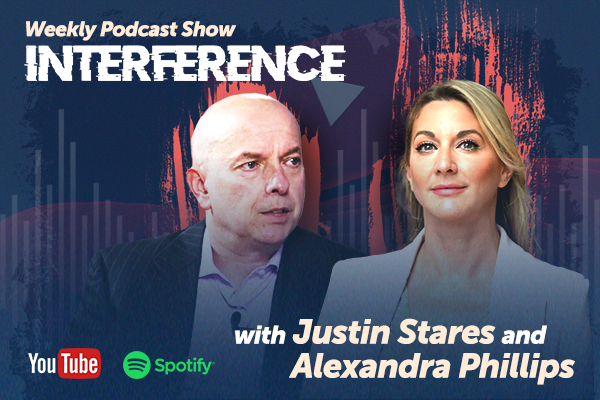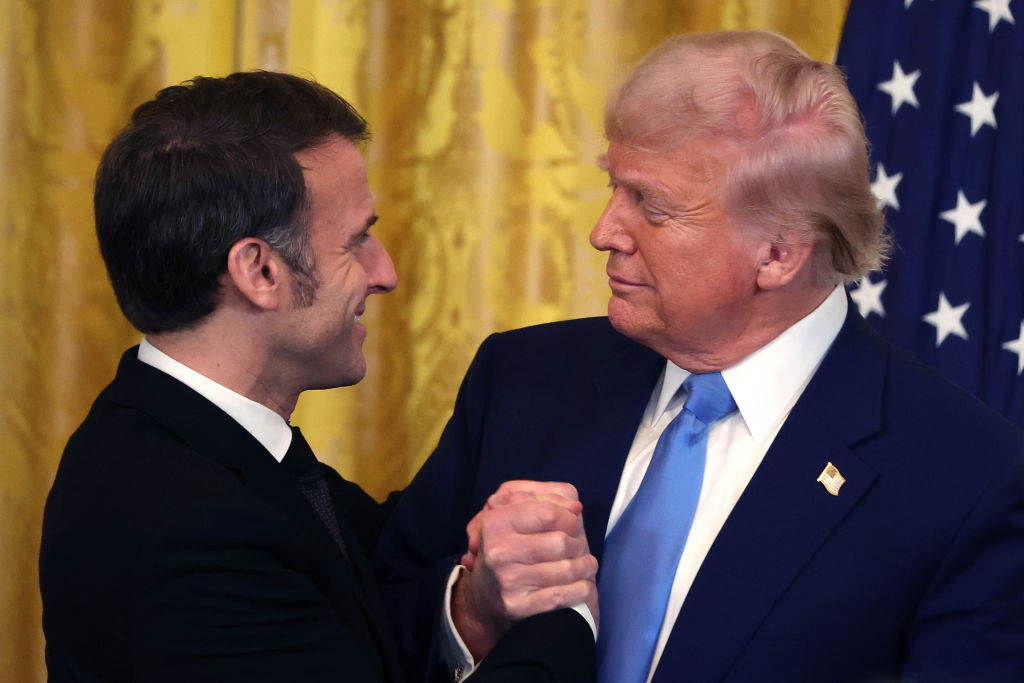When one looks at Europe’s responses to the threats which have faced it in the past few years – the Trump administration demanding they defend themselves, Russia’s incursion into Ukraine – there is something puzzling about the response from Brussels: there has been a consistent lack of a desire to, not only act, but even recognise the problem in the first place.
Think back to when President Barack Obama was first urging European leaders to respond to Russia’s seizure of Crimea with sanctions. Europe was slow to act and wanted the sanctions to drop relatively quickly. France even sought to sell two warships to Russia. There was a perplexing lack of real action emanating from Brussels and most national capitals not named Warsaw, Tallinn, Latvia, or Vilnius.
A similar confounding lack of activity greeted President Donald Trump’s third campaign for office. Throughout the entirety of 2024 – and indeed, his entire public life – he has advocated for tariffs. He did so in the 1980s through now, even specifically calling for a 25 per cent tariff on China in a speech in 2011, when he was briefly considering a run against Obama. Likewise throughout his recent campaign he made clear that Europe’s time was up: it would have to defend itself, or risk losing American support. He even went as far as saying Russia “could do whatever the hell they want” with countries not spending enough to defend themselves.
And yet, each statement and action from the administration – be it Defence Secretary Hegseth’s declaration that Ukraine would not be joining NATO, or Trump’s tariff imposition, or Trump and Vice President JD Vance’s Oval Office argument with Zelensky – has been met with utter shock from Europe. It is clear that, even with an entire campaign – or really, decades of warning – they had simply no plan for a second Trump administration. There was so little planning that, when it came time to choose a name for defence spending, they could not even agree (the original name, “ReArm Europe 2030” had to be edited down to the milquetoast “Readiness 2030”).
What has caused this decade-plus of refusing to read the writing on the wall? It cannot just be incompetence. Incompetence abounds all over the political spectrum and the globe, but plenty of countries and organisations still get things done and are not so constantly caught by surprise (it is also generally a bad idea to assign incompetence or stupidity to those with whom one disagrees).
There is a much more likely cause of Europe’s inaction: call it the European equilibrium. Europe has been able to put together a perfect equation: American defence + High taxes for social spending + Cheap energy via Russian gas = European peace and prosperity. This equation worked wonders for decades. With American guns, Europe could raise high taxes to spend on free healthcare, education, and could swallow increasingly ballooning pension costs. This was made possible with cheap Russian oil. As long as people had energy and strong safety nets, they would not mind the higher taxes.
The problem was, however, that if anything ever changed in this equation, the entire thing would collapse. If they lost cheap Russian gas, high energy costs would eventually wear on their economies, and governments would not be able to raise enough revenue (as they already have taxed their populations near to the limit). If instead they lost American defence, the same issue would occur: they would not be able to raise the funds to offset the new cost.
But if they lost cheap Russian oil and American defence, disaster would strike. This is, of course, exactly what has happened. For just one example, take Austria. In 2024, the country spent a little over €68 billion on pensions, social insurance, healthcare, and education. At the same time, they spent just over €4 billion on their military (slightly under 1 per cent of GDP) and just under €4 billion on energy. While the country is not in NATO, they are surrounded by NATO member states, effectively rendering indirect protection. At the same time, the country has spent more than it takes in and even – once the new establishment government was safely in place – has revealed that they in fact spent far more last year than expected. In fact, to stay within EU regulations, they would need to find €8 billion to €12 billion in budgetary savings.
Let’s do a little more math: to have an army worth its salt, Austria would likely need to spend something like 4 per cent of GDP on its military. That would mean an extra €12 billion. Taking the mid-range of the estimated necessary savings – €10 billion – and you get €22 billion which Austria would need to find. And Austrians are already over-taxed, meaning there’s no way that the government could raise nearly enough funds that way. The only way forward is cuts.
This problem is not unique to Austria. Pick any other European Union member state, and the song will remain the same.
Ultimately the only solution to the problem of the European equilibrium may be to adopt a variation of American equilibrium instead: Higher taxes + High defence spending + Weaker social safety nets. The idea will likely make many Europeans blanch at best. Political leaders who suggest making people pay more for healthcare will likely find themselves quickly thrown out of office. But, short of a financial miracle, or the calendar suddenly snapping back to 2004, Europe may have no other choice.





Trump not ‘aligned with anybody’: how Europe can sell itself to America